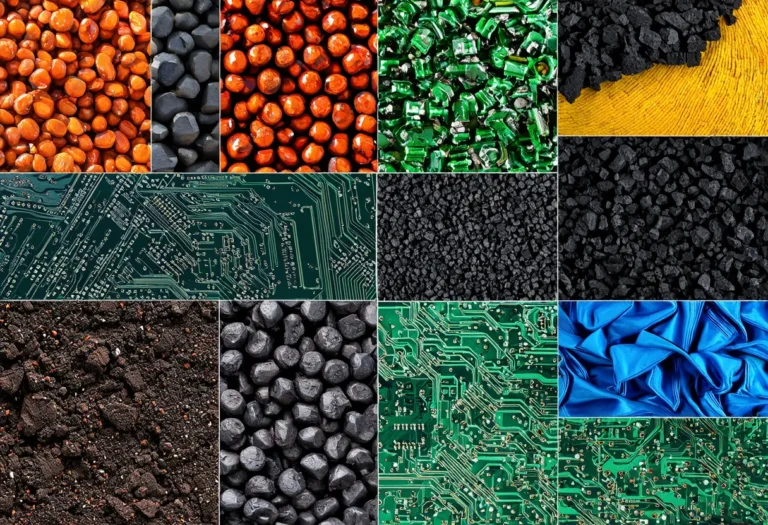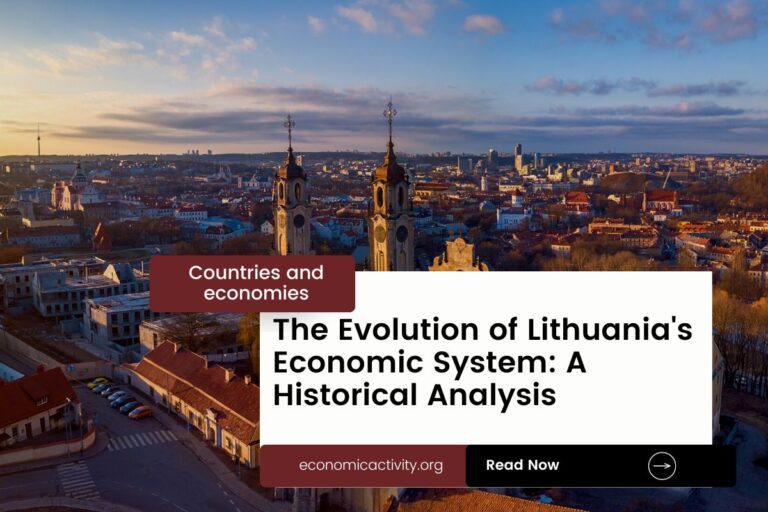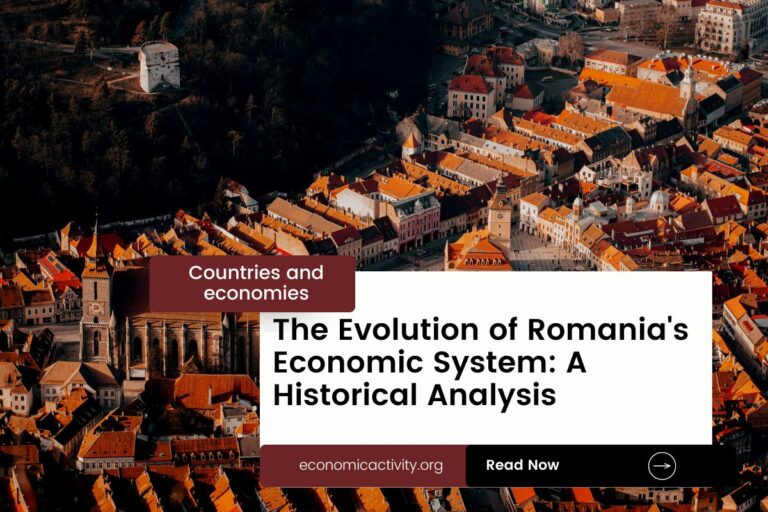Angola, with a population of 35,588,987, ranks 42nd globally, just behind Uzbekistan. Located in Southern Africa, it covers a total area of 1,246,700 sq. km, ranking 22nd, just below Niger.
Angola, with a GDP of 106,782,770,714.619 USD in 2022, holds the 65th rank globally. It follows Kenya, which has a GDP of 113,420,008,178.793 USD. In terms of GDP per capita, Angola stands at 136th place with 3,000.44423 USD. It is surpassed by Honduras, ranking 135th, with a GDP per capita of 3,040.17305 USD.
Angola’s economy is striving to diversify beyond oil dependency, focusing on sectors like agriculture, mining, and tourism to enhance economic stability and growth.
What are the economic activities of Angola?
- Primary activities: 10.2% of GDP.
- Secondary activities: 61.4% of GDP.
- Tertiary activities: 28.4% of GDP.

Primary Sector of Angola
In Angola, the primary sector, particularly agriculture, plays a crucial role in the economy despite contributing 10.2% to the GDP. With 36.81% of the land dedicated to agriculture, the country’s main products include cassava, bananas, maize, sweet potatoes, sugarcane, pineapples, tomatoes, onions, potatoes, and citrus fruits.
The diverse range of crops and animal products highlights the sector’s significance, providing food security and employment opportunities. The favorable climate and abundant natural resources support Angola’s agricultural activities, showcasing the sector’s importance even beyond its GDP contribution.
Angola’s diverse geology offers a rich array of natural resources, including petroleum, diamonds, iron ore, phosphates, copper, feldspar, gold, bauxite, and uranium. These resources play a crucial role in the economy, with petroleum and diamonds being major contributors to revenue generation and foreign exchange earnings. Iron ore, copper, and gold also hold significant potential for economic growth and diversification. The presence of such abundant natural resources highlights the country’s potential for sustainable development and prosperity.
Angola’s gas production, totaling 773 million m³ in 2020, ranks 69th globally, contributing significantly to the country’s economic activity.
Secondary Sector of Angola
What is the secondary sector or what are secondary activities?
The secondary sector involves industries that transform raw materials into finished products for consumption. In Angola, industrial products include petroleum, diamonds, iron ore, phosphates, feldspar, bauxite, uranium, gold, cement, basic metal products, fish processing, food processing, brewing, tobacco products, sugar, textiles, and ship repair.
In 2023, Angola’s manufactures exports accounted for only 0.69815241% of the country’s total exports, indicating their minimal contribution to the economy.
Tertiary sector of Angola
What is the tertiary sector or what are tertiary activities?
The tertiary sector in Angola encompasses services that enhance productivity and meet needs through knowledge and time. Key activities include healthcare, education, banking, communication, tourism, transportation, and security services. These sectors play a vital role in supporting Angola’s economic growth and development.
Among these, Angola’s tourism sector contributes minimally to its economy, with only 218,000 annual arrivals, translating to a mere 0.006 arrivals per capita. This low figure highlights the insignificant role tourism plays in driving economic growth and highlights the country’s dependence on other sectors, such as oil and mining.
Another example of tertiary economic activity is the mobile cellular sector, which boasts nearly 24 million subscriptions, equating to about 67 per 100 inhabitants. This connectivity fosters technological growth, enhancing communication and innovation across various industries.
Military Activities and Economic Sectors of Angola
The military is a clear example of how different economic activities work together. In Angola, the primary sector provides resources needed for military use, while the secondary sector focuses on manufacturing military equipment. The tertiary sector includes services provided by the military, and the quaternary sector involves research and development. Lastly, the quinary sector deals with high-level decision-making and strategy in the military.
In 2023, Angola’s military expenditure was 1,270.2 million US dollars, which is 1.33% of the country’s GDP. The active military force consists of 107,000 personnel, resulting in 3.9 active military members for every 1,000 people in the population.
International Trade of Angola
Import Activities of Angola

Import activities in Angola are of high importance, accounting for 24.75% of GDP in 2023, totaling $2,642,571,892.50.
Angola’s main import partners are China, Portugal, Netherlands, UAE, and India. The country imports refined petroleum, wheat, cars, poultry, and palm oil. China is the largest importer, accounting for 24% of total imports.
Exports Activities of Angola

In 2023, Angola’s total exports reached $46.37 billion, accounting for 43.42% of its GDP. This high percentage signifies the crucial importance of export activities in driving the country’s economy.
Angola’s export activities are primarily focused on crude petroleum, natural gas, diamonds, ships, and refined petroleum. The country’s top export partners include China (40%), India (9%), Netherlands (7%), France (7%), and UAE (7%).
Angola economy challenges in 2024
In 2024, Angola faces challenges with its oil-dependent economy, high poverty rates, inflation, and corruption. Seeking diversification through agriculture, the country grapples with currency depreciation. Despite infrastructure investments, Angola struggles to combat widespread poverty and corruption.




Leave a Reply